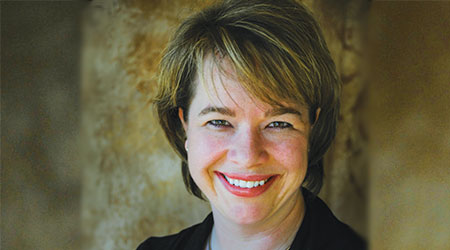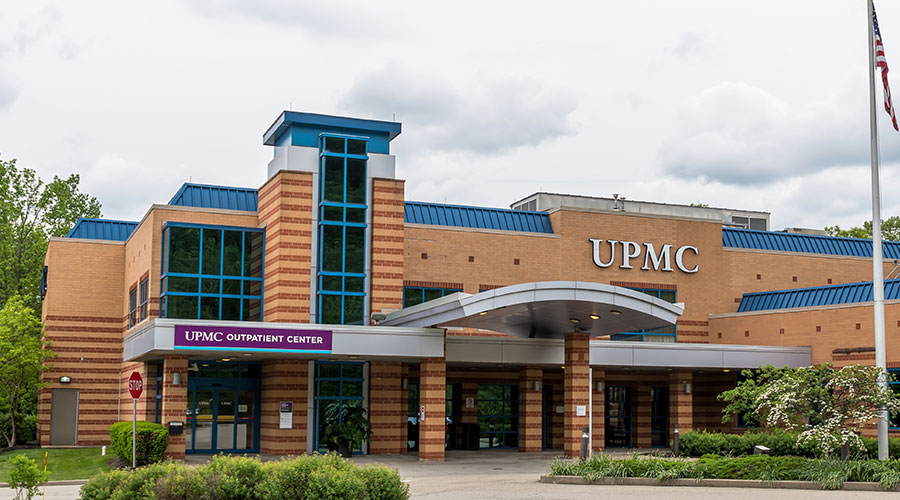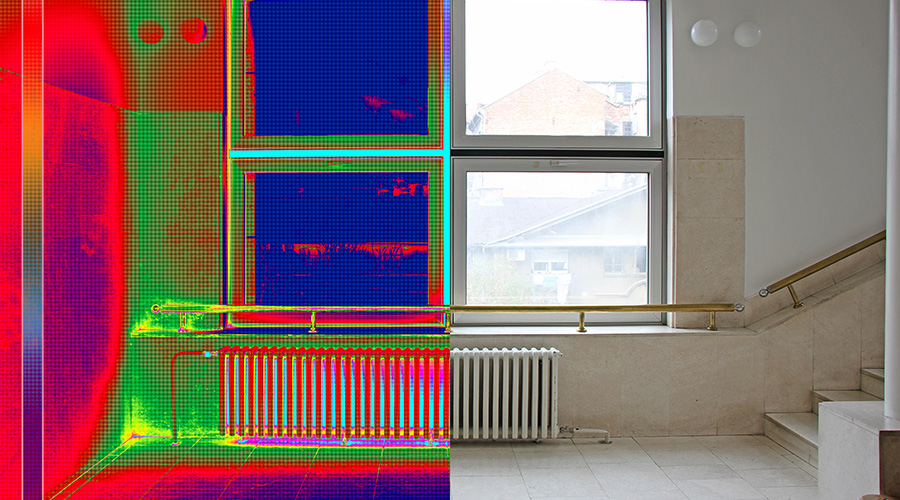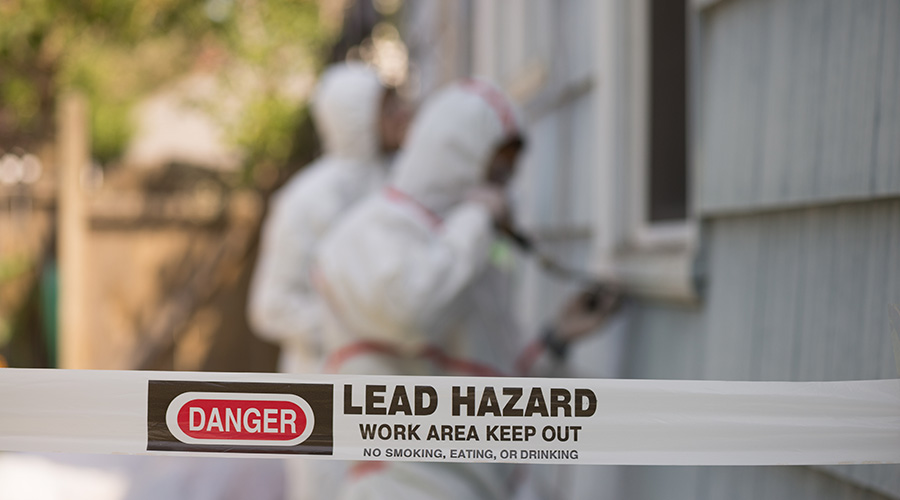 Laurie Gilmer, P.E., CFM, SFP, LEED AP, CxA
Laurie Gilmer, P.E., CFM, SFP, LEED AP, CxAAvoiding Pitfalls: Successful Technology Selection and Implementation
Columnist Laurie Gilmer helps managers selecting new technology separate shiny new gadgets from systems that deliver
The process of selecting and implementing technology sounds simple. While it can be, many managers still struggle. To help ensure success, in addition to the outline we have just walked through, here are three common pitfalls to avoid:
• Thinking of the technology as a solution rather than a tool. Technology cannot do your job or your team’s job. It is a tool that can help you. Configured well and tuned into your organization’s needs, it can become the essential backbone to your program. But never forget, it is a means to an outcome, not the outcome itself.
• Getting distracted by fancy graphics, demos and promises of functionality the department might not need. I have seen facility managers get excited over features they saw in a demonstration, favoring the shiny thing they saw rather than focusing on what they need. If you’ve gone through the process above, you already have defined what you need and why. Stick to your plan. Don’t get distracted.
• Failing to provide adequate training. The technologies managers implement in facilities are often complex, with technicians inputting data and receiving information that impacts their understanding of and engagement with the built environment.
Many organizations don’t appreciate this challenge and, as a result, shortcut on training. Neglecting adequate training can lead staff to create workarounds and inconsistencies that end up undermining the whole system, making performance insights valueless. Poor input yields poor output. The facilities team must understand how to interact with the system consistently and correctly to ensure the integrity of the data and the decisions that data informs.
With a good plan and a focus on your desired outcomes, you can successfully select technologies that will meet your needs. This result ultimately will help you and your team engage more efficiently and effectively in the work of operating and maintaining facilities.
Laurie Gilmer, P.E., CFM, SFP, LEED AP, CxA, is vice president and chief operating officer with Facility Engineering Associates. Gilmer is a published author and instructor, and she is the second vice chair of IFMA’s board of directors. She serves on the Northwest Energy Efficiency Council’s Building Operator Certification program advisory committee and the National Visiting Committee of Building Efficiency for a Sustainable Tomorrow (BEST) Center.
Related Topics:














